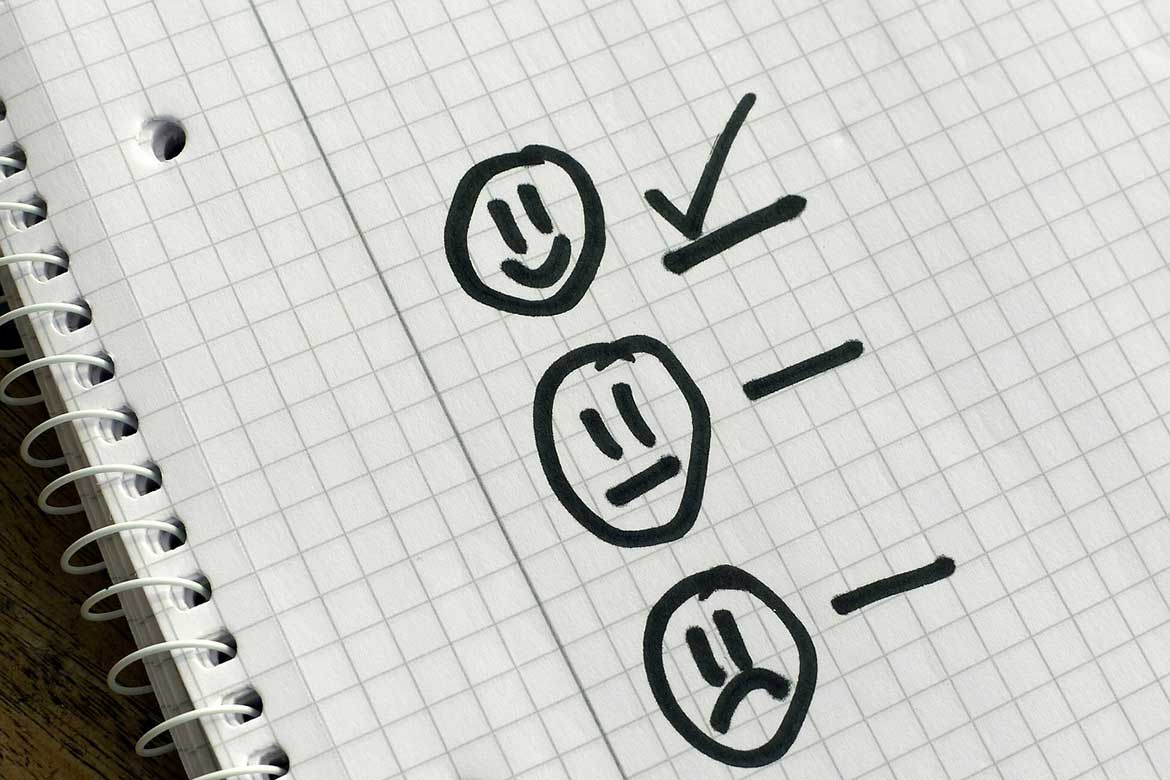18th November, 2025
What Is SSIP Accreditation?
SSIP is a term that has popped up in health and safety in recent years and often appears in pre-qualification questionnaires and company literature. But what is SSIP? Is SSIP another assessment you need to go through? If SSIP is a new requirement, how do you join or become a member?

SSIP stands for Safety Schemes in Procurement. It is an umbrella body for assessment schemes, and those schemes that become members of SSIP all share mutual recognition. You don't join SSIP, and you don't need to contact them to be assessed. You may even have SSIP without knowing it.
There are quite a few safety accreditation schemes, and you may have heard (or even be a member) of some of them, including:
- Constructionline
- CHAS
- Acclaim
- SafeContractor
- SafeMark
They all carry out a similar role - assessing a contractor or business's health and safety records and arrangements.

To get accredited, you will usually complete an application form and submit evidence in answer to the health and safety questions included in the assessment. If you meet the standards required, and pass the assessment, you get a certificate.
Often you will also be added to a database or get an accreditation number to confirm your accreditation status.
Why do you need health and safety accreditation?
Health and safety accreditation isn't a legal requirement, but clients and contractors do need to check that the contractors they use are competent to do the work.
If you don't check the health and safety compliance for the contractors you use, you might end up with accidents in your workplace, and that might damage your business reputation, harm your team, or even mean you a breaking health and safety laws.
And without using accreditation schemes, where someone else vets your contractors for you, you would need to do it yourself.

Every client would be checking the health and safety standards for each contractor. And that takes time. For the client (sending out the forms, reading the response, checking the documents supplied, requesting extra information), and for the contractor (filling in different forms, gathering the information requested, answering any queries).
If clients didn't use these accreditation schemes, they would need to carry out these assessments themselves anyway, on each project. And every client would need to do it. And not just for the contractors they use, but for every contractor that quotes for the work.
And contractors would need to be assessed for each project they tender for. So instead of passing the application once, you would need to do it for each different client you worked for. Each asking slightly different questions, with unique questionnaires, duplicating the amount of work you need to do on each tender.
And that's why health and safety accreditation schemes exist.
Clients will often require accreditation for tendering for work, and principal contractors will often ask for accreditation from their subcontractors too.
It gives clients the confidence that your business takes health and safety seriously and meets the required standards, without them having to carry out a detailed assessment of each tendering contractor themselves. It's a bit like subcontracting out the health and safety assessment.

And contractors can be assessed once each year, rather than for each client and project.
So in theory, these health and safety accreditation schemes are good for clients and contractors too.
What does this have to do with SSIP?
In theory, health and safety accreditation needs to be done once a year.
But the problem many contractors were finding, is that as more and more accreditation schemes popped up, each client might ask for a different standard. Some clients might require CHAS accreditation to work on their projects. Other contractors might ask for SafeContractor accreditation to work on their sites. So contractors were still having to go through multiple assessments, plus having to pay to be a member of each one.
And clients were also finding that the contractors quoting for projects were accredited under different schemes, and finding it hard to compare, or having to rule out contractors that had a different accreditation.
So the original problem popped back up, different assessments for each client.
In other words, they weren't getting the benefits after all.

And with all these health and safety accreditations available, when the SSIP standard started popping up on tender requirements, you could be forgiven for wondering, is SSIP another assessment you need to go through?
There are already so many. If SSIP is a new requirement, how do you join or become a member?
The good news is, no, it's not another assessment scheme. In fact, SSIP aims to address the problems we've highlighted in this post. It is exactly the quantity and variety of health and safety assessment schemes that SSIP is trying to help with.
SSIP stands for Safety Schemes in Procurement. It is an umbrella body for assessment schemes, and those schemes that become members of SSIP all share mutual recognition. You don't join SSIP, and you don't need to contact them to be assessed. You may even have SSIP without knowing it.
Supported by the HSE SSIP aims to streamline prequalification and encourage straightforward mutual recognition between its Member Schemes.
If you have health and safety accreditation from SSIP members such as CHAS, Acclaim or SafeContractor, you have satisfied the criteria for all other SSIP member schemes.

SSIP now boasts over thirty members, so if you have any type of health and safety accreditation, it is worth checking if it is part of the SSIP standard.
SSIP aims to reduce duplication
So rather than yet another accreditation to the list, SSIP aims to reduce duplication.
So if you are in a situation where one client asks for CHAS accreditation, and another asks for SafeContractor, you're not facing the problem of picking which client or assessment scheme to go with. Before SSIP, if you wanted to work with both clients, you would have to go through the full assessment process (and cost) with both schemes.
After SSIP, clients are now more likely to be happy with either certificate, as they both meet the same standards.
It's better for clients as they are not reducing their choice of contractors by excluding those that are accredited by other schemes. Even if they do insist on one or the other, most SSIP members will no longer require you to go through the whole assessment again. You can usually apply to another SSIP member with your existing SSIP certificate (for example, provide Acclaim with a valid CHAS certificate) at a reduced cost.
Going through an SSIP application doesn't have to be daunting. Read our contractors guide to CHAS application success to help you pass your assessment the first time.
This article was written by Emma at HASpod. Emma has over 10 years experience in health and safety and BSc (Hons) Construction Management. She is NEBOSH qualified and Tech IOSH.
Need Health and Safety Documents?
Search hundreds of health and safety documents ready to edit and download for your business.
Health & Safety DocumentsRecent posts like this...

What Is SSIP Accreditation?
SSIP is a term that has popped up in health and safety in recent years and often appears in pre-qualification questionnaires and company literature. But what is SSIP? Is SSIP another assessment you need to go through? If SSIP is a new requirement, how do you join or become a member?
Read Post
What Is A Method Statement And Why Are They Used In Construction?
You will find method statements on nearly every construction project. They are often used with risk assessments for the tasks and activities carried out during the project. But what is a method statement document, and why are they used in construction?
Read Post
The Purpose Of Writing Method Statements And Risk Assessments
Why do businesses create method statements and risk assessments? It might seem like you are just going through the motions to satisfy legal and client demands, but are there any other benefits? If you're wondering if these documents are just another box to tick, keep reading...
Read Post